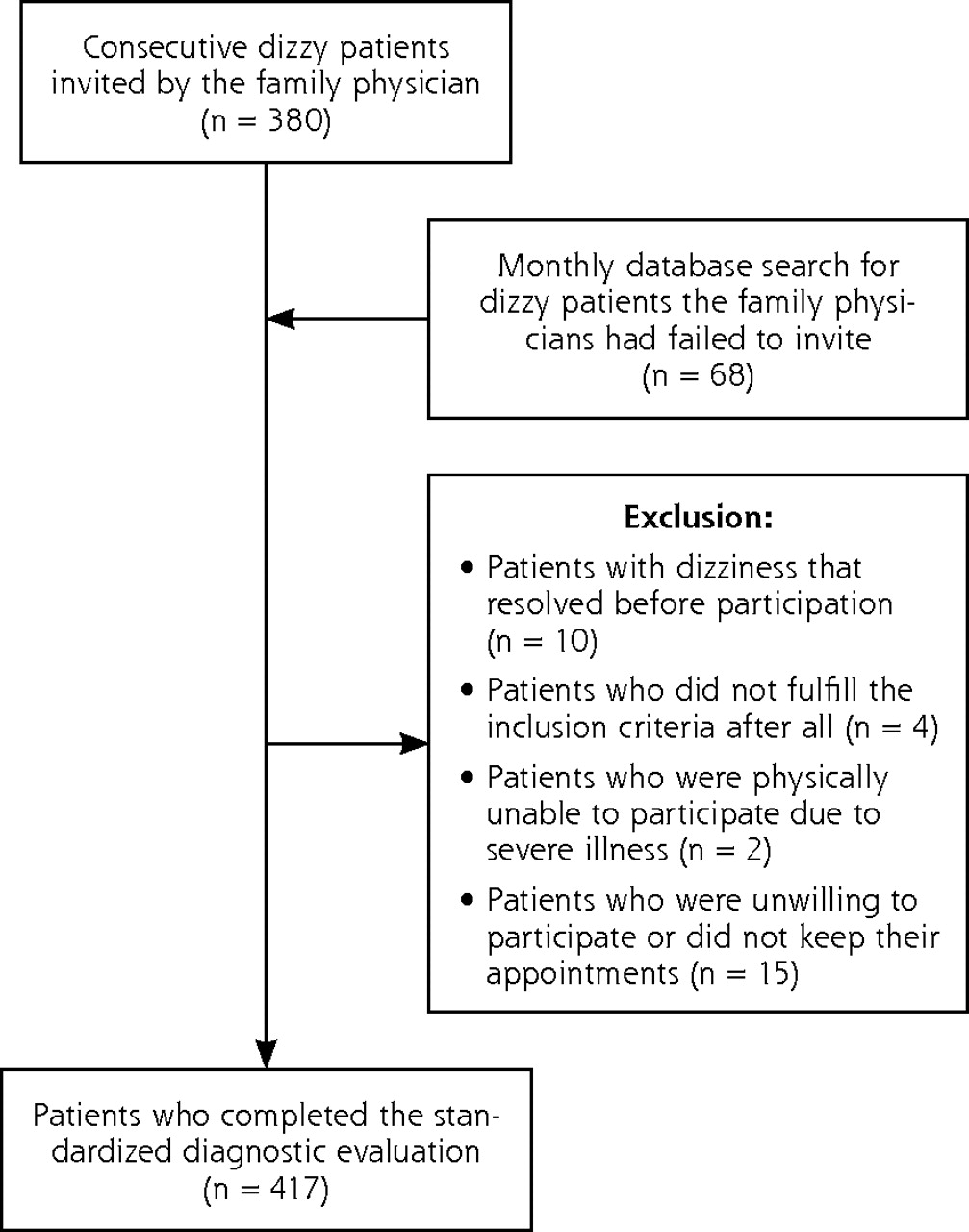
Balance Rehabilitation Unit (Bru Tm) Posturography In Relapsing-remitting Multiple Sclerosis. Dizziness In Patients With Cognitive Impairment. Therapies In Patients With Persistent Postural-perceptual Dizziness: Challenges and Elections: A Systematic Review. Impact Of Subjective Dizziness On Motor and Non-motor Symptoms In Patients With Early Stages Of Parkinson’s Disease. Philipp J Otolaryngol Head Neck Surg 2020 35(2):37. A Linguistic Validation Study On the Filipino Dizziness Handicap Inventory. The International Tinnitus Journal 2019 23(2). Psychometric Features Of Dizziness Handicap Inventory (Dhi): Development and Standardization In Gujarati Language.
Validation Of the Polish Version Of The ≪i>dizziness Handicap Inventory.Translation and Validation Of The Dizziness Handicap Inventory Into Thai Language. The development of the Dizziness Handicap Inventory. Arch Otolaryngol Head Neck Surg. Scores above 10 should be forwarded to balance experts for additional assessment. The minimal score is 0, which indicates no perceived disability due to dizziness. The maximum score is 100 and indicates maximal perceived disability.

The following scores may be given to each item: The functional (F), physical (P), and emotional (E) implications on disability are all included in the questions. The patient is asked to respond to each query as it relates to dizziness or unsteadiness issues, specifically taking into account their state over the previous month. Overall, the DHI is a reliable and valid tool for assessing the impact of dizziness on individuals’ lives in different populations and settings. The DHI has been used in various clinical contexts, such as Parkinson’s disease ( Kwon et al., 2022), persistent postural-perceptual dizziness ( Castillo-Bustamante, 2023), cognitive impairment ( Lee et al., 2020), and multiple sclerosis ( Zeigelboim, 2012). Additionally, the DHI has been found to have good discriminatory ability between patients with and without dizziness handicap, with sensitivity and specificity around 80% ( Szostek-Rogula & Zamyslowska-Szmytke, 2019). The DHI has demonstrated internal validity, with sub-domain item-total correlation scores supporting the validity of the physical, emotional, and functional aspects ( Agustin et al., 2020). (2021), Polish ( Szostek-Rogula & Zamyslowska-Szmytke, 2019), Gujarati ( Neupane et al., 2019), and Filipino (Agustin et al., 2020). Studies have translated and validated versions of the DHI in Thai Emasithi et al. The Dizziness Handicap Inventory (DHI) has shown strong psychometric properties in various populations and languages. The DHI is often used in studies that evaluate the effects of dizziness and vertigo on a patient’s life. Therefore, the DHI does not correlate with vestibular tests, and neither reflects the presence nor severity of peripheral vestibular deficits.Ĭaloric testing Dizziness Handicap Inventory Vestibular-evoked myogenic potential Video head impulse test.The Dizziness Handicap Inventory (DHI) is a 25-item PROM that quantifies the impact of dizziness on ADLs by measuring self-perceived handicap ( Jacobsen et al. There was no significant correlation between DHI and postural sway on posturography. DHI of patients with deficits of canal or otolith function did not differ significantly from those with no deficits (z = 2.153, p = 0.541). Patients with central vestibular disorders had higher DHI than those with peripheral (z = - 4.743, p = 0.001) or functional disorders (z = - 2.902, p = 0.004).

No significant correlation was found between DHI and (1) vestibulo-ocular reflex parameters: unilateral weakness r = - 0.018, total calorics r = 0.055, vHIT right r = 0.007, vHIT left r = - 0.091, vHIT asymmetry r = 0.013 (2) otolith parameters: cVEMP amplitude right r = - 0.034, amplitude left r = - 0.004, asymmetry r = 0.016 oVEMP amplitude right r = 0.044, amplitude left r = - 0.007, asymmetry r = - 0.008. We prospectively evaluated 799 patients with precise vestibular diagnoses using video head impulse testing (vHIT), caloric irrigation, and cervical/ocular vestibular-evoked myogenic potentials (c/oVEMP). We also correlated the DHI and posturography. Secondarily, we compared DHI among different vestibular disorders (central, peripheral and functional), and different types of anatomic deficits (semicircular canal vs otolithic). Our primary study objective is to evaluate the correlation between the DHI and measurable vestibular parameters. However, patients with chronic vestibular diseases may manifest various degrees of behavioural and physiological adaptation resulting in variances of the DHI. The Dizziness Handicap Inventory (DHI) is believed to quantitate the handicap related to the presence or severity of underlying vestibular dysfunction.


 0 kommentar(er)
0 kommentar(er)
